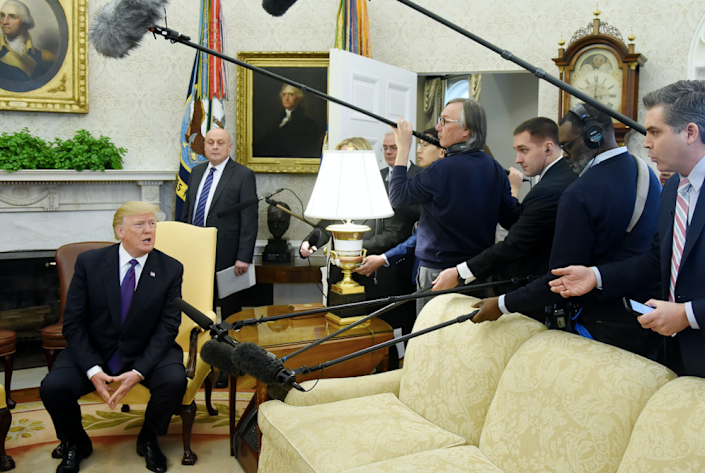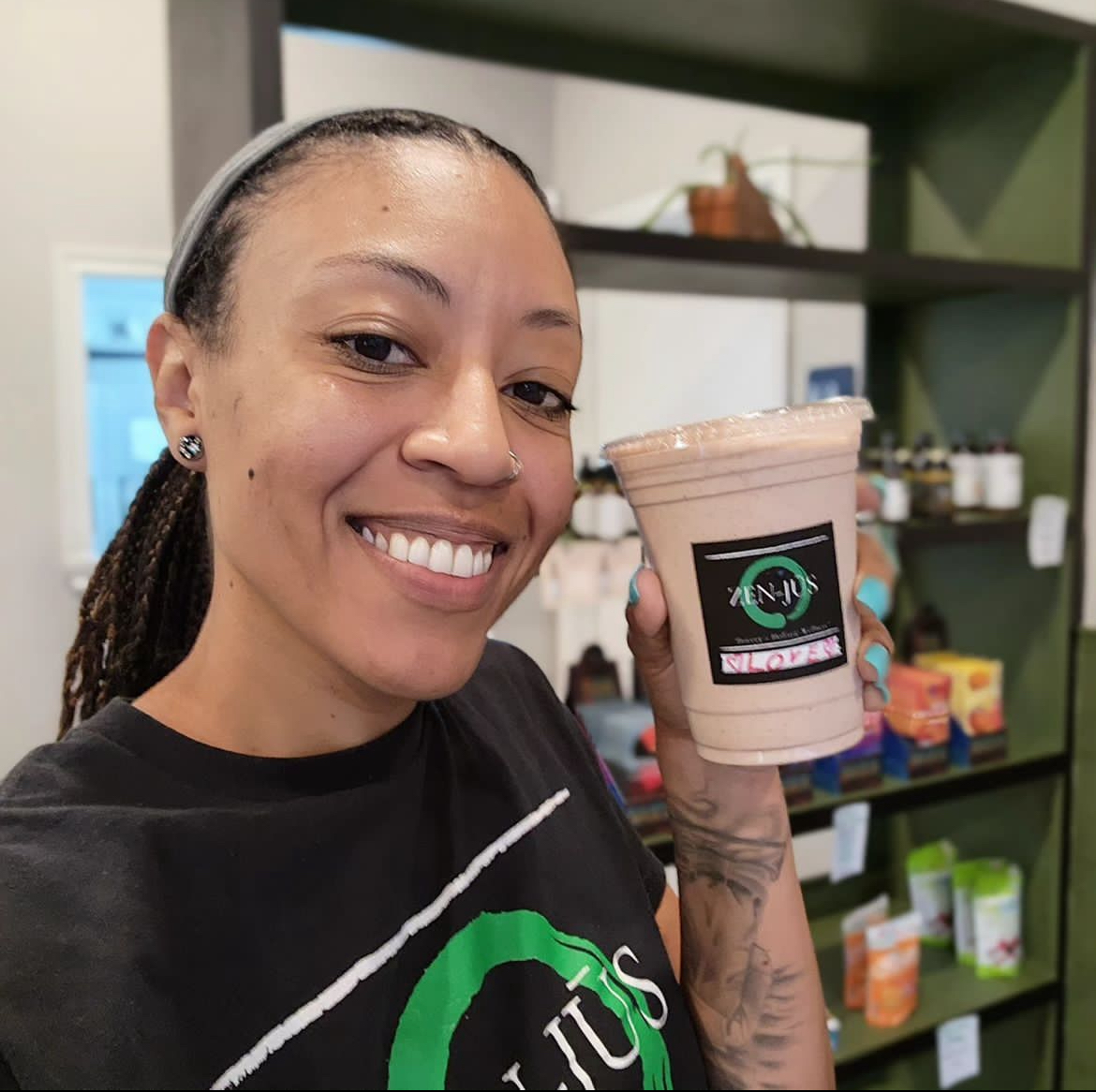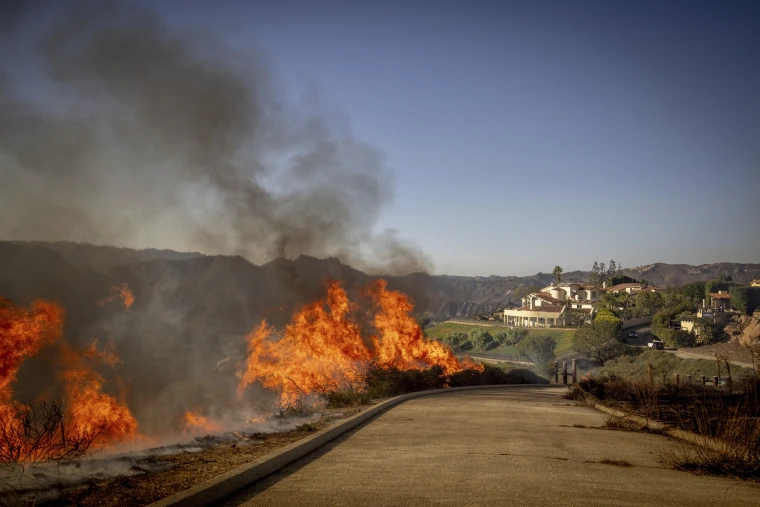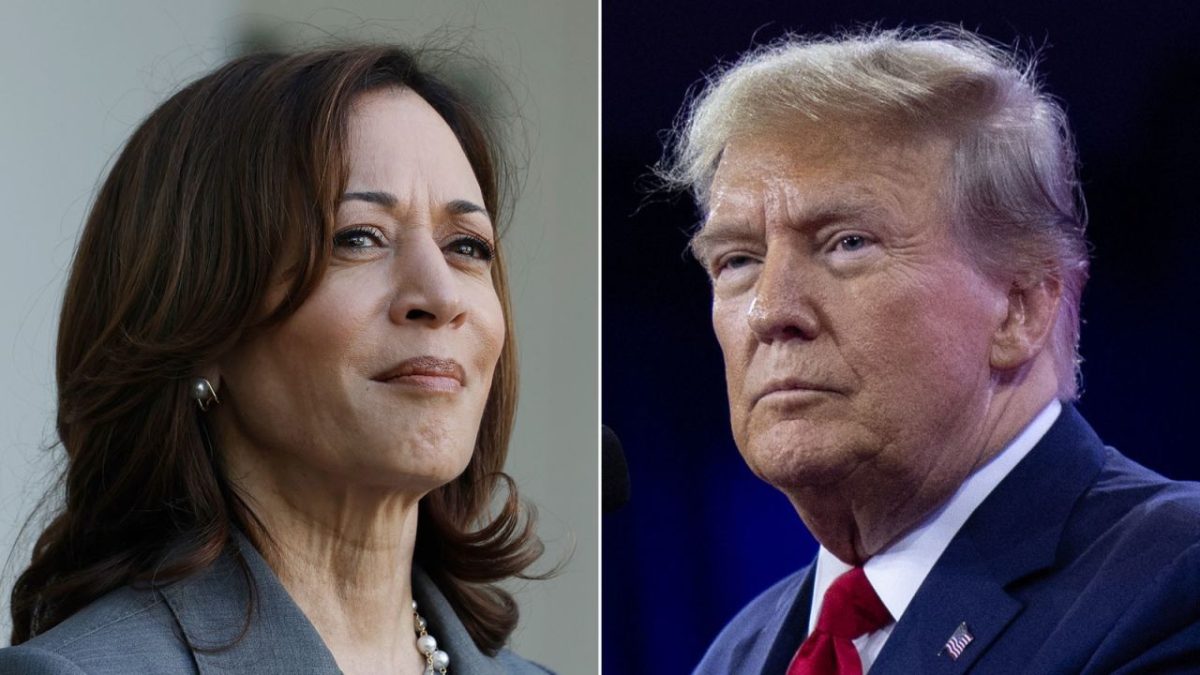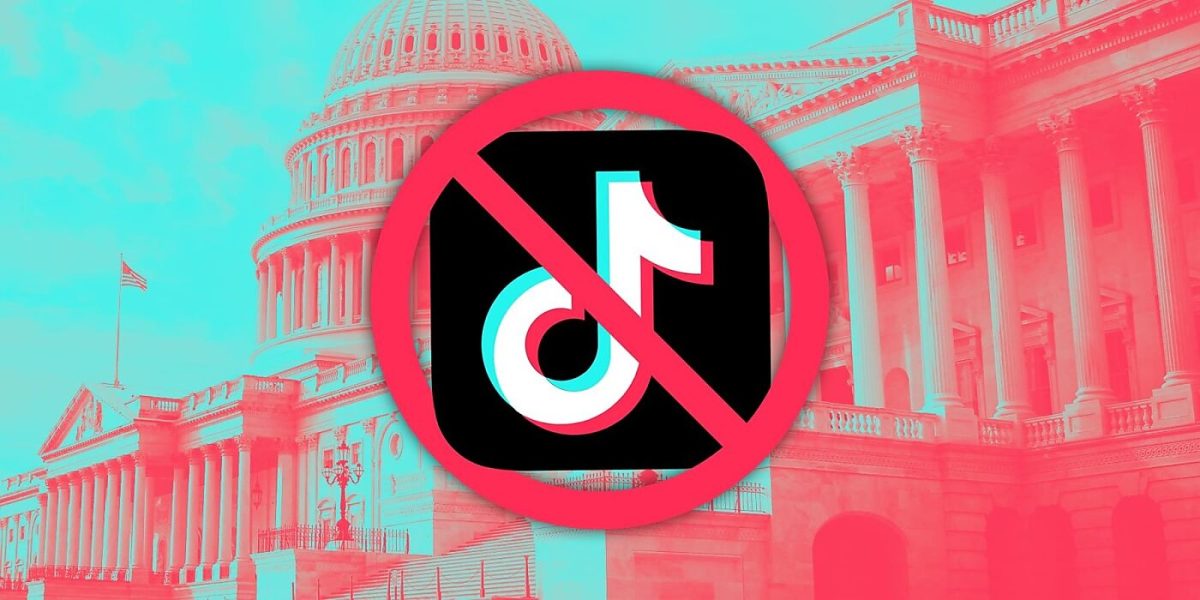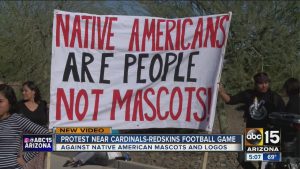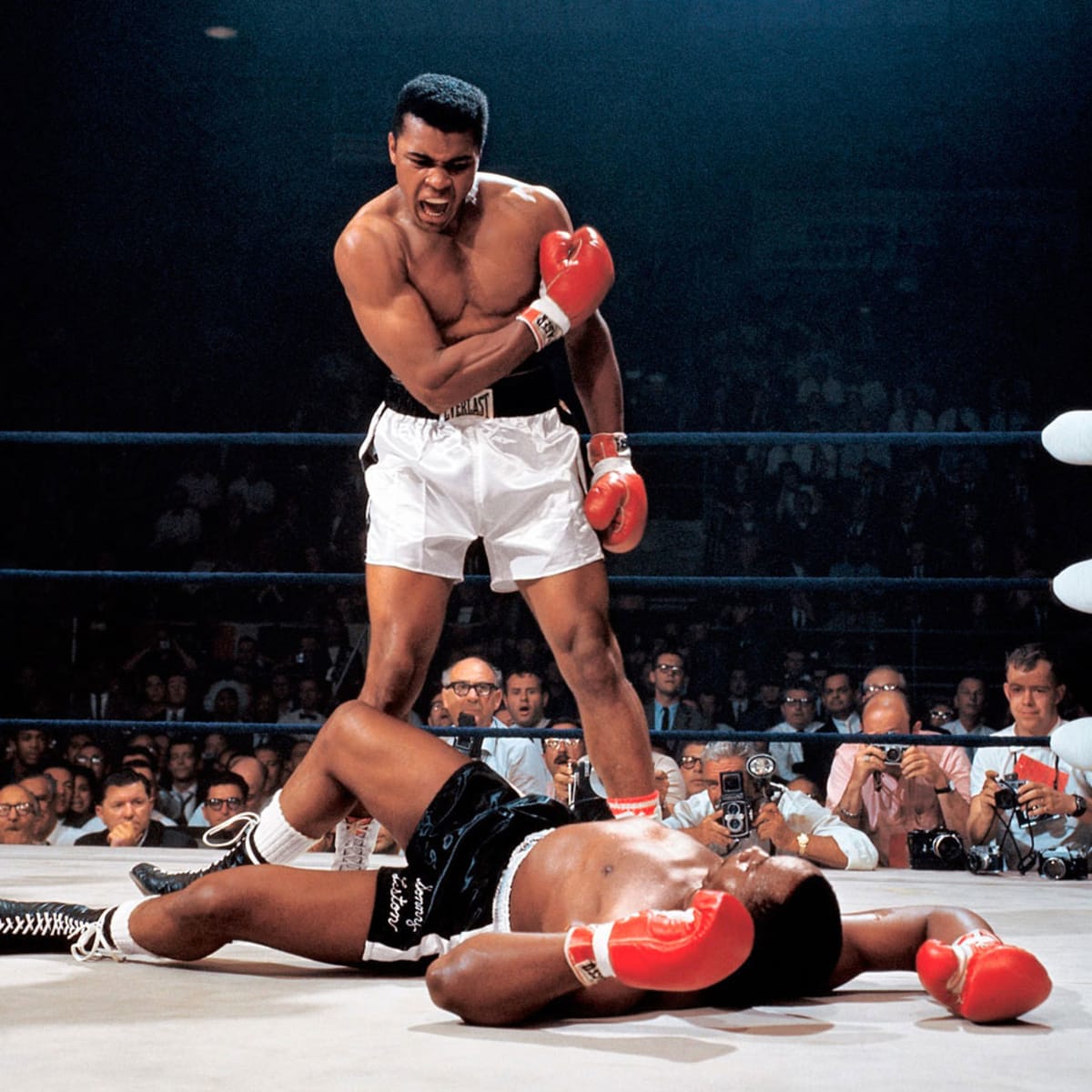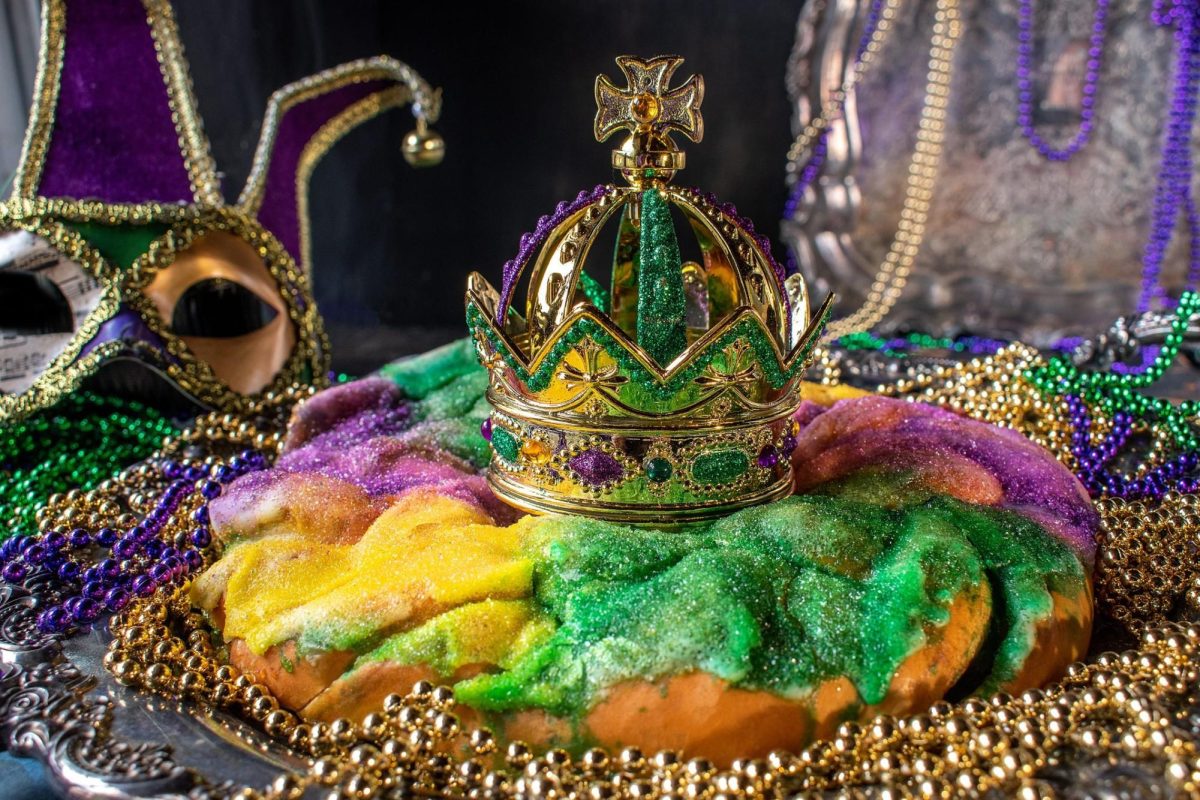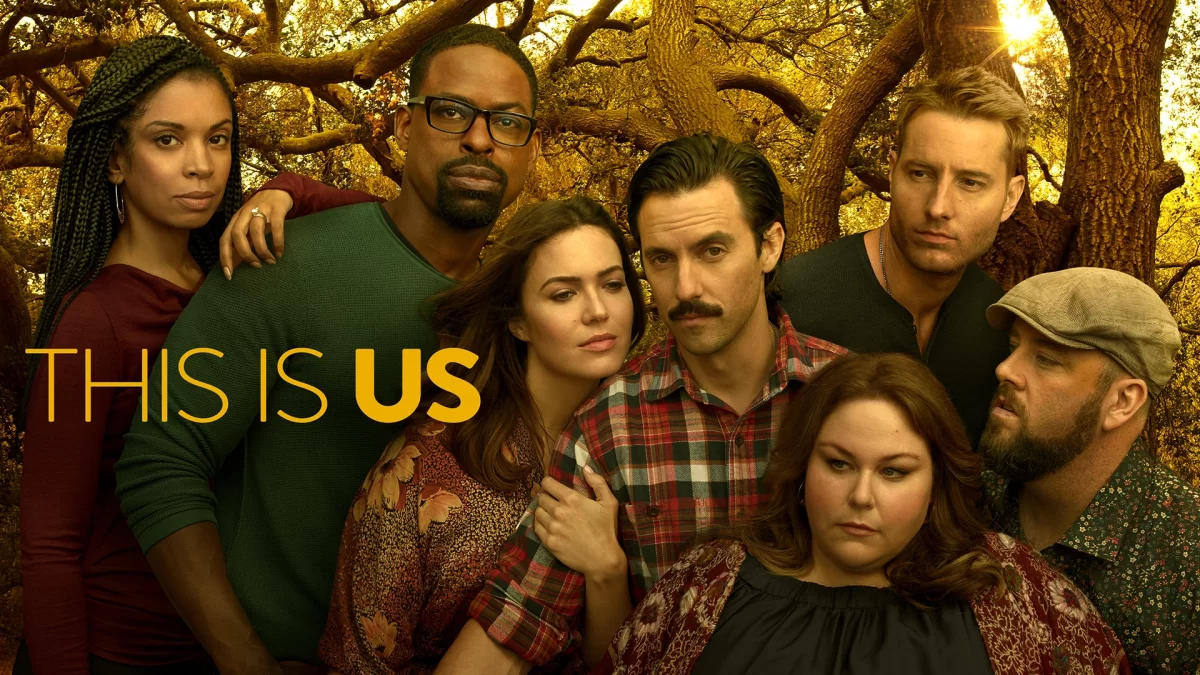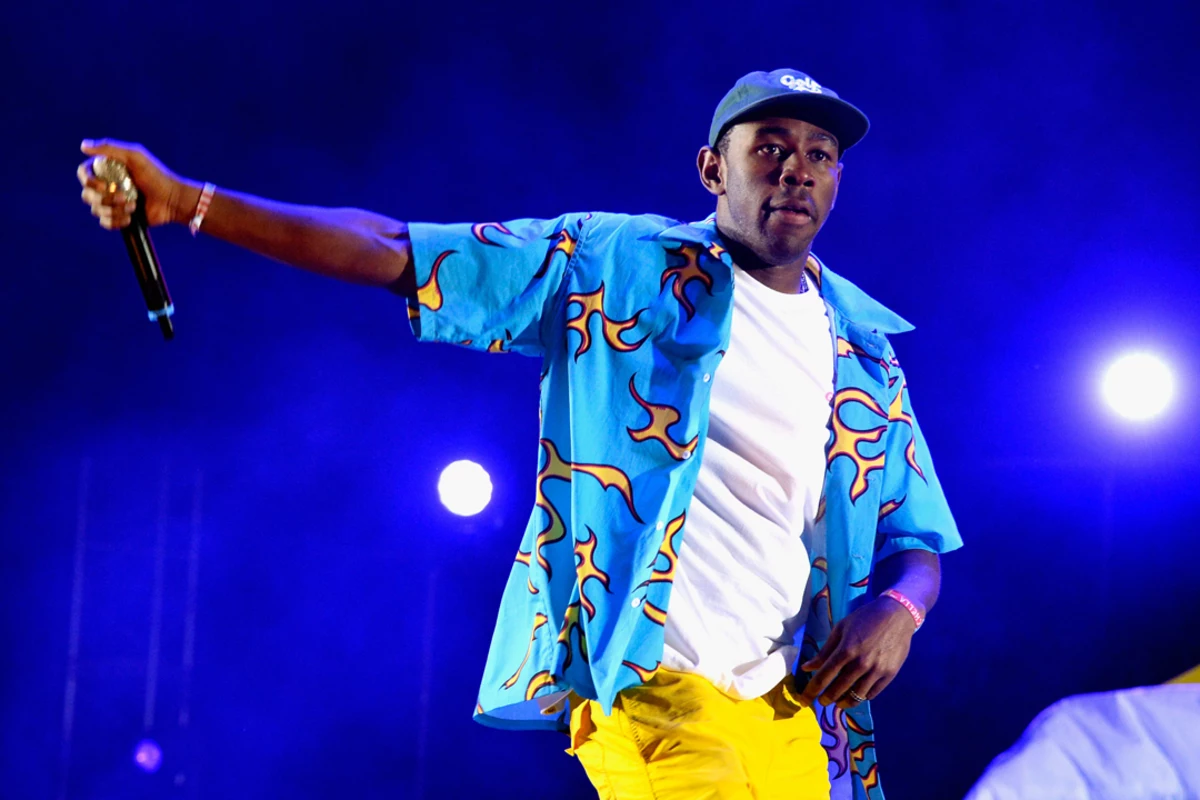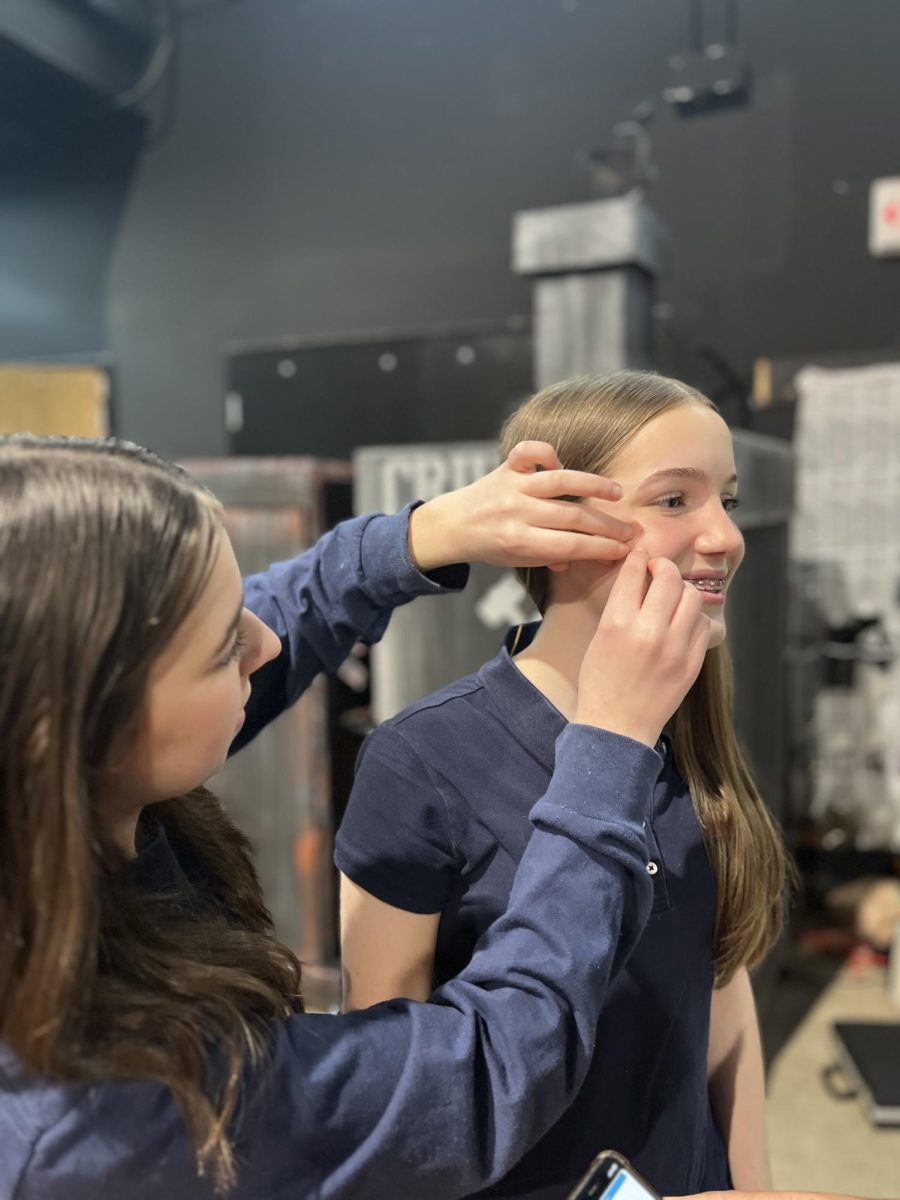From COVID to Monkeypox
September 2, 2022
Monkeypox is the talk around the world. Here’s what you need to know.
The History of Monkeypox
Monkeypox is a rare disease that is usually found in rats, mice, or nonhuman primates, such as monkeys. It is transferred from animals to humans either by being scratched or bitten by an infected animal, or by preparing/eating/using products made from an infected animal. Typically found in Central and West Africa, the first case of human monkeypox was recorded in 1970. However, it wasn’t introduced to the United States until July of 2021.
Symptoms

Monkeypox symptoms usually appear after three weeks of exposure in the form of fever, skin rash, headaches, muscle aches and backaches, chills, tiredness, and swollen lymph nodes. After one to four days of developing fever-like symptoms, a rash will start to appear near the genitals area and/or the hands, feet, chest, and mouth.
How is it spread?
According to the CDC “data suggest that gay, bisexual, and other men who have sex with men make up most cases in the current monkeypox outbreak. However, anyone, regardless of sexual orientation or gender identity, who has been in close, personal contact with someone who has monkeypox is at risk.(CDC)” Touching/using objects, fabrics, and other surfaces that have been used and/or touched by a person with monkeypox can spread the disease.
What can we do to avoid Monkeypox?
There is currently no specific treatment for the monkeypox virus. Since monkeypox and smallpox viruses are similar, the antiviral drugs and vaccines that have been used to protect people from smallpox could be used to treat and protect people from monkeypox. The CDC recommends taking just three simple steps to protect yourself: avoid skin-to-skin contact with people who have a rash that looks like monkeypox, avoid contact with objects and materials that a person with monkeypox has used, and wash your hands often.
Should we be concerned?
Opposed to what the media says about the spread of monkeypox, I believe the outbreak will never reach the severity of COVID. Everyone seems to be fearful that monkeypox is going to shut the world down again; the news and media have already been instilling a sense of fear of monkeypox, but in reality, the number of cases is surprisingly underwhelming. Around the world, there have only been 39,434 cases that have been confirmed and only 13,516 of those confirmed cases have been in the United States, this rare disease will stay controlled and won’t be a problem in the future.
Centers for Disease and Prevention. (2022, August 24). Monkeypox. Centers for Disease Control and Prevention. Retrieved August 22, 2022 https://www.cdc.gov/poxvirus/monkeypox/index.html
,




